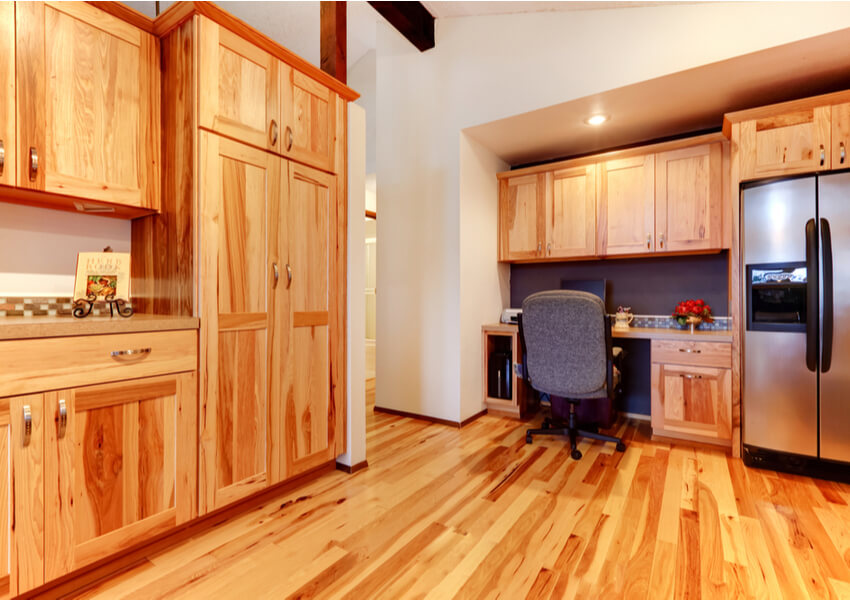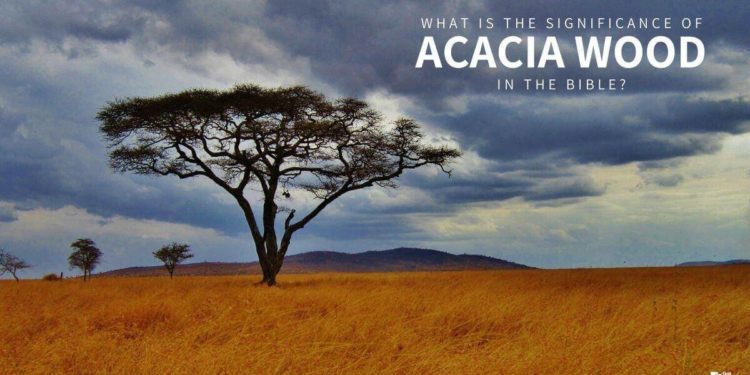Acacia is a genus of trees and shrubs belonging to the Fabaceae family (Mimosoid subfamily). In common parlance, species of this genus take, depending on the case, the name of acacia, cassier, mimosa, mulga or even tamarind.In North America, we know the woods from our own backyard like maple, oak, pine, or birch, and they are used to building materials, hardwood floors, furniture, and much more other. Over the past 30 years, thanks to increased globalization, we have discovered other wood species from Asia and the Pacific such as teak, rosewood, bamboo, and mango.
Where does Acacia grow?
Although acacia is often called exotic wood, it grows all over the world from Australia and Asia to the Pacific Islands, Africa, and even the Americas. There are over a thousand varieties of the tree and they come in all shapes and sizes depending on the environment in which they grow. Those in Australia, for example, have thorns and are often called “thorn”, “hissing thorn” or “acacia”.
The majority of the acacia wood used for furniture is cultivated in India where they have used it for hundreds of years to build houses, tools and furniture. Acacia is the world’s fastest-growing trees. The wood of acacia is very hard and durable. For building furniture wood of Acacia is considered to be more sustainable.
Use of Acacia wood furniture?
Building solid acacia wood furniture provides a high-quality end product. Acacia is almost similar to teak, therefore it is often recommended as the substitute of Acacia. The reason if it is the high cost of teak, and it is having similar hardness and durability.
How does this compare to other types of wood? It is not the hardest of all, but it is more difficult than our North American staples (Maple, oak, pine, and birch). This means that it is actually a very good option for solid wood floors.
There is another major reason why we love our solid acacia wood tables – it’s downright fascinating! The richness of acacia trees grain is like no other. Not only does it produce beautiful, colorful patterns of golden honey with dark hues of dulce de leche, but it has an almost velvety feel to the touch.

How to take care of Acacia Wood?
So it’s decided – you buy a solid acacia wood table! Excellent choice! Now that you’ve brought it home, however, you need to make sure you care about it properly. Fortunately, it’s very easy: just wipe it with a damp cloth, but make sure your laundry isn’t soaked to give your table the longest life possible. There is no need for cleaning products! No antibacterial spraying (the wood itself is antibacterial), no glass cleaner, no wood oils or conditioners! Avoid contact of hot objects directly on the surface, we advise you to use coasters and placemats.
Ecological importance
In semi-arid regions, Acacia trees are very important from an ecological point of view. This genus provides shade for humans and animals in addition to providing (with its pods) food for animals (for example, for goats and dromedaries, two animal species often domesticated by local people, or the giraffes.
In addition, this genus also has great ecological importance by being a home for several species of birds. It also creates a suitable place for other plant species to settle nearby by fixing nitrogen (through a work of symbiosis with bacteria) and enriching the soil with other nutrients, thanks to the roots which will look for them more deeply and bring them to the surface.
Other Uses of Acacia Wood
Many species produce a gum. Real gum Arabic comes from the Acacia Senegal species, common in tropical regions of West Africa as well as in East Africa. In India, Acacia Arabica produces gum but of lower quality than real gum Arabic. Also in India, Acacia concinna is traditionally used for hair care.
It is also used as firewood and as building materials (such as ship’s frames). This tree can also be used to build protective barriers around villages and fields (thanks to the sharp thorns found on the branches of Acacia).
An astringent drug, called catechu, is obtained by boiling the wood of the Acacia catechu species and then by evaporation.





